Robert, this is a learning question for me as I love the work you do.
Why not iso 100? Shutter speed become too slow? No particular reason?
Hi Moab Man,
Thank you.
I generally work at a camera's native base ISO, which in the case of a D700 is ISO 200. I've been known to use the expanded ISO settings for ISO 100 but most often when using flash or strobes I stick with ISO 200. I can't say that I've seen or experienced and difference in image quality of noise but I just feel better working within the normal ISO range of the camera.
Regarding shutter speed, when you're working with strobes, and assuming there is no ambient contribution (no ambient contribution in my studio unless I choose to have it), then shutter speed doesn't play a role in exposure and is only used as a sync speed, so in the case of choosing an ISO setting, shutter speed is unaffected. I usually sync at 1/125 or 1/160s when syncing with my Elinchrom Skyport triggers and 1/200 or 1/250s when using Pocket Wizards.
If I'm shooting with ambient light then that's entirely different and I do consider my ISO to give me the fastest shutter speed based on the desired aperture. If I need to introduce or diminish ambient contribution then shutter speed does come into play and can be controlled by choosing an appropriate ISO setting.




